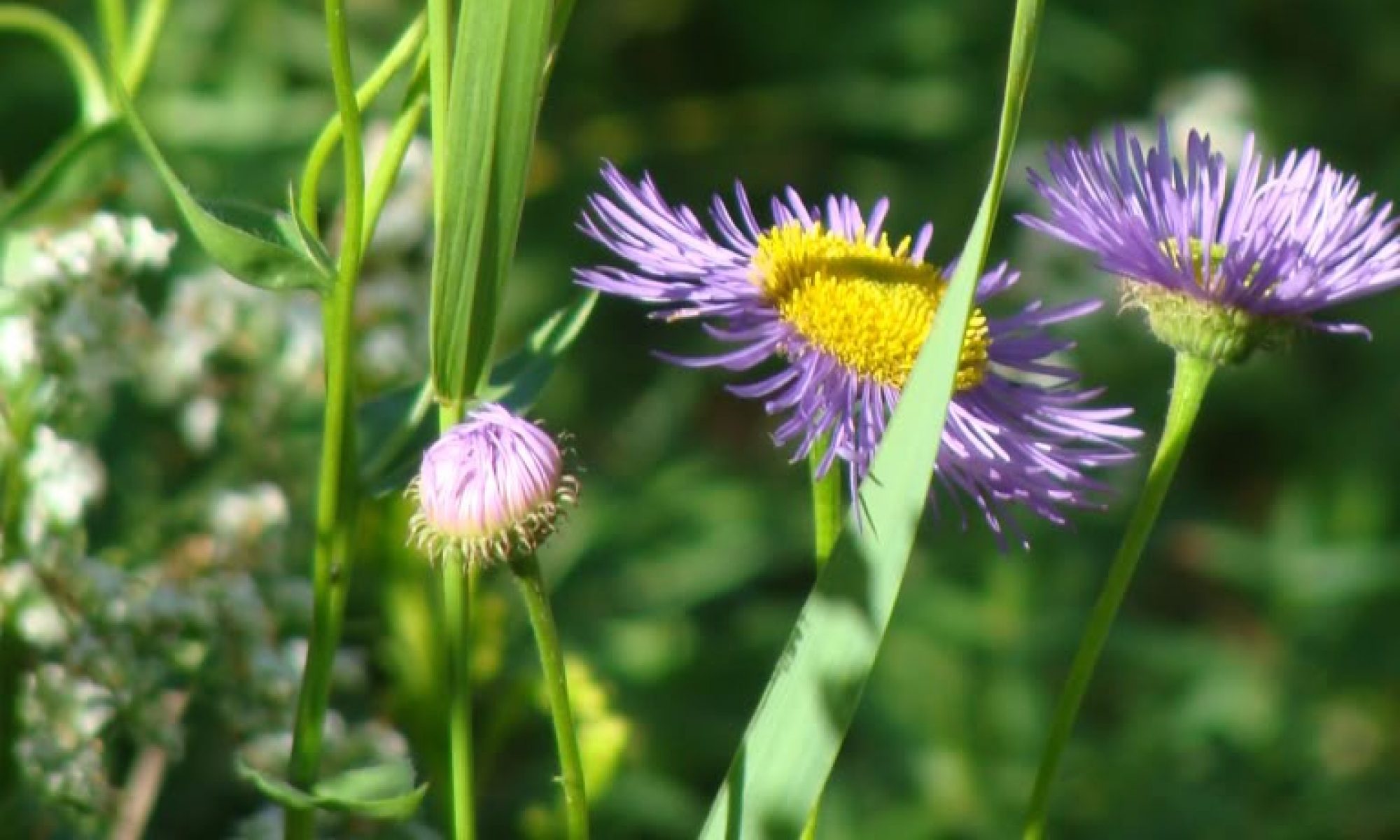Today was a perfect Seattle autumn day–bright sun and cool temperatures, bright foliage, and a gusty wind. Today I endeavored on the last lawn-mowing of the year, tackling the one patch of lawn that we have left–about 1000 square feet right in front of the house.
First, though, I raked leaves up and spread them all over the native plant garden. In addition, we had some big branches cut from our Douglas fir tree and I spread those around so they covered all the areas of the native plant garden that are currently without plants.
Then, I mowed the lawn for the first time since summer. As I mowed, I was thinking about how we can change our landscaping fashion. How did we land on the fashion of lawns surrounding our homes in the first place and what about them is so appealing to us? And how do we make the change to appreciate vibrant, interesting landscapes filled with native plants and animals over lawn space that is virtually useless to nature?
Here is an article about the lawn subject that I found online.
When I read books about native plant restoration, inevitably the authors write at length about the perceived pressure imposed by neighbors that factors into our inability to change our landscapes to whatever it is that we really want–especially native gardens. I feel somewhat immune to this pressure because I live in a neighborhood where folks have different levels of garden skill and interest and different levels of concern about the neatness of their yards, so there are many yards/gardens that would be considered messy or even trashy. I’d have to work pretty hard at it to have our yard stand out as an example neighbors would find offensive.
One approach for people who are susceptible to peer pressure is to explain to them what your native garden means to you. I put signs up explaining my Homegrown National Park project and now neighbors speak to me about it knowingly and voice their support. I can be unapologetic about the “mess” because that untidiness is the ultimate goal.
Lawns, it seems to me, are not just about status, but are about control–our control over nature. Letting go of that control can be difficult. My garden right now is the tale of two landscapes–one lawn and one native plant garden. And when I looked at them after I finished mowing the lawn today, it seems obvious the most beautiful one, the most interesting one is the native plant garden–the one with brightly colored fallen leaves gamboling in the wind, with evergreen boughs and young shrubs and trees and herbaceous plants. The lawn is a brilliant green, but that’s really it–otherwise, it is dead space. Despite its vibrant color, it provides little shelter or food for anything.
Meanwhile, look at the glorious tapestry that is the new and very young native plant garde n.

The great news is that we don’t have to give up our lawns entirely, though we do need to start maintaining them in more environmentally friendly ways. If we just replace half of our lawns with native plants, that’s enough to make a HUGE difference to native fauna and sequester loads of carbon. In the end, you can be right AND have a lawn.


